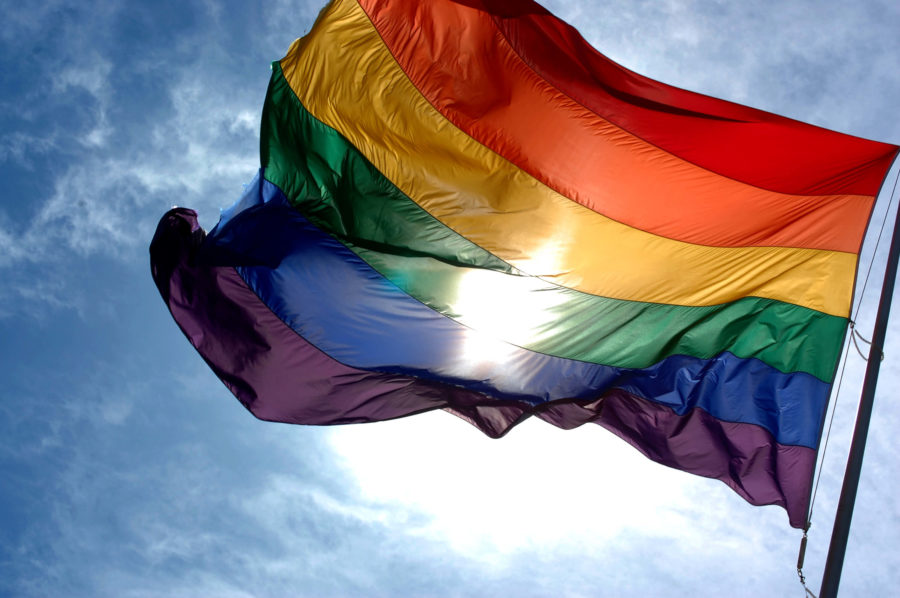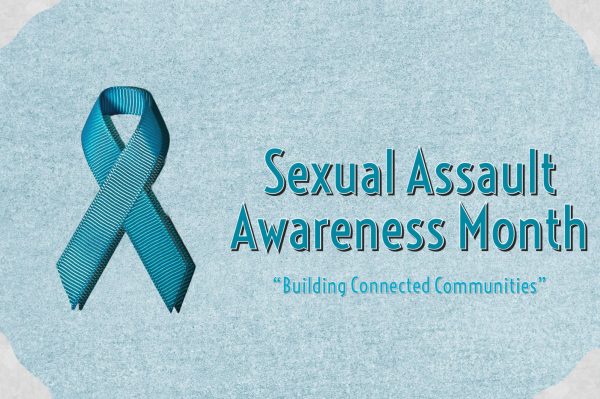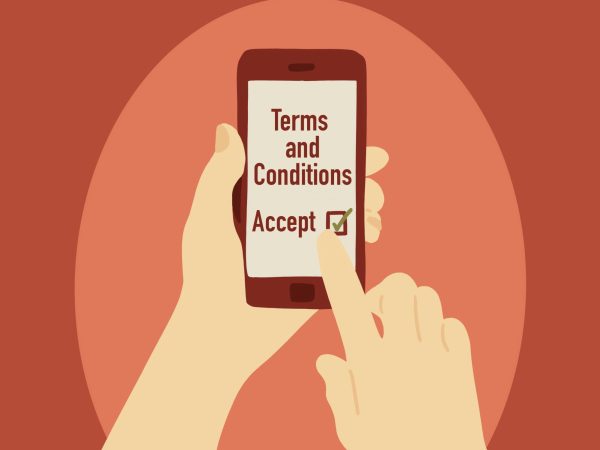The Right to Pee in Peace
May 25, 2016
Unless you’ve been living under a rock for the past couple of months, you’ve probably heard something about the debate regarding transgender people and public restrooms. For those who don’t know, this bathroom debate essentially boils down to whether transgender people should be able to use the restroom of their preferred gender identity, or whether they should be forced to use the one which corresponds to anatomical sex at birth.
Some people think that this isn’t a significant issue because it doesn’t affect a large percentage of the population; however, according to the Williams Institute at UCLA, 299, 538 individuals ages 13 and older are negatively impacted in the fifteen states alone which currently have legislation against transgender people.
Since there are so many who identify as transgender, you may be wondering why this issue has seemingly sprouted out of nowhere. It’s not that transgender people haven’t been peeing in public restrooms — in fact, many people don’t realize it, but transgender people have been using their preferred restroom for years without a problem. It’s new legislation that has blown this issue completely out of proportion.
In March 2016, North Carolina passed a bill which attracted major media attention and led to protests across the nation. This highly controversial bill states that people may only use multiple occupancy bathroom and changing facilities that correspond with the sex stated on their birth certificate.
Partially in response to this bill, Target formally stated that they would allow all people to use the restroom which corresponds with their gender as opposed to their sex at birth. This statement infuriated many, causing them to call for a boycott on Target. This bill additionally prompted rock-and-roll icon Bruce Springsteen to cancel his concert in North Carolina back in early April. Many others such as Maroon 5, PayPal, the NBA, and Hulu have also joined in protest against this bill.
Continuing to add fuel to this already heated debate, the Obama administration released a directive on May 13th, which included the statement that all public schools should allow transgender students to use the bathroom of the gender they identify with the most.
The directive was met with fierce backlash from both religious groups and socially conservative Republicans who consider this to be dangerous and an example of presidential overreach.
These two groups argue that the directive gives people the opportunity to violate others’ privacy, stating that it will lead to an increase in sexual assault.
According to an article from the Washington Post, however, “No one has yet found evidence that transgender people assault cisgendered people [those whose gender aligns with their anatomical sex at birth] in bathrooms, as these campaigns claim.” In fact, according to an article from the New York Times, “that fear is misplaced, and the far greater danger is to transgender people.”
The GLSEN’s 2013 National School Climate Survey of LGBT middle and high school students revealed that over 63% of transgender youth avoided bathrooms at school because they felt unsafe, and 52% avoided locker rooms.
Additionally, according to a study from the National Gay and Lesbian Task Force and National Center for Transgender Equality, approximately 64% of transgender people will experience sexual assault in their lifetime.
By forcing transgender people to use the bathroom which corresponds to the sex on their birth certificate, these new state laws are clearly putting them in danger.
Rejecting the validity of those who are transgender by not letting them use their preferred restroom is also perpetuating a major health epidemic. According to the Williams Institute at UCLA, “New analysis of responses to the National Transgender Discrimination Survey (NTDS) shows that transgender respondents who experienced rejection by family and friends, discrimination, victimization, or violence have a higher risk of attempting suicide.”
Those who oppose the idea of transgender people using the bathroom that corresponds to their gender identity additionally argue that it would allow people to pose as transgender in order to rape or sexually abuse others. However, there are currently laws which prohibit such offenses — and these laws apply to both trans and cisgender citizens.
If someone was malicious enough to want to sexually abuse or rape another, he or she wouldn’t just sit around waiting for the opportunity to dress up and pretend to be transgender in order to sneak into the bathroom after a victim, since there are currently no physical barriers stopping someone from going into the bathroom of the opposite sex.
During a recent Weekend Update segment on Saturday Night Live, popular comedian Collin Jost jokingly stated that he has actually wandered into the incorrect restroom on several occasions while dining at Mexican restaurants because his Spanish isn’t particularly good. But this humorous segment speaks to the larger issue here, that allowing transgender individuals to use the bathroom that most closely matches their gender identity will not suddenly result in people going into different bathrooms than they’ve already been using.
Often people will fear or completely reject something they don’t understand. Although it will take time for transgender people to be fully accepted by society, allowing them to use the bathroom which corresponds to the gender they identify with the most is a step in the right direction.
Creative Commons photo source: https://upload.wikimedia.org/wikipedia/commons/6/6d/Rainbow_flag_and_blue_skies.jpg















Gail Bumala • Jun 1, 2016 at 5:46 pm
Thank you for doing this article, Willa. Additionally, transwomen, the one’s the law is principally aimed at, experience assault and murder at an alarming rate. They are some of the most at-risk people on earth. I share a restroom with them rourinely at church (Metropolitan Community Church) and it is gratifying to see them so at ease, primping in the mirror. The worst danger from them is that one may have to wait a while to wash one’s hands.
Isadora Colpo • May 26, 2016 at 9:39 am
This is wonderfully written and covers the subject completely! The next step would be building more non-gendered bathrooms for people who don’t identify with any gender.
Deanna Mische • May 26, 2016 at 8:41 am
I agree completely with your stance on this article. Nice job Willa!